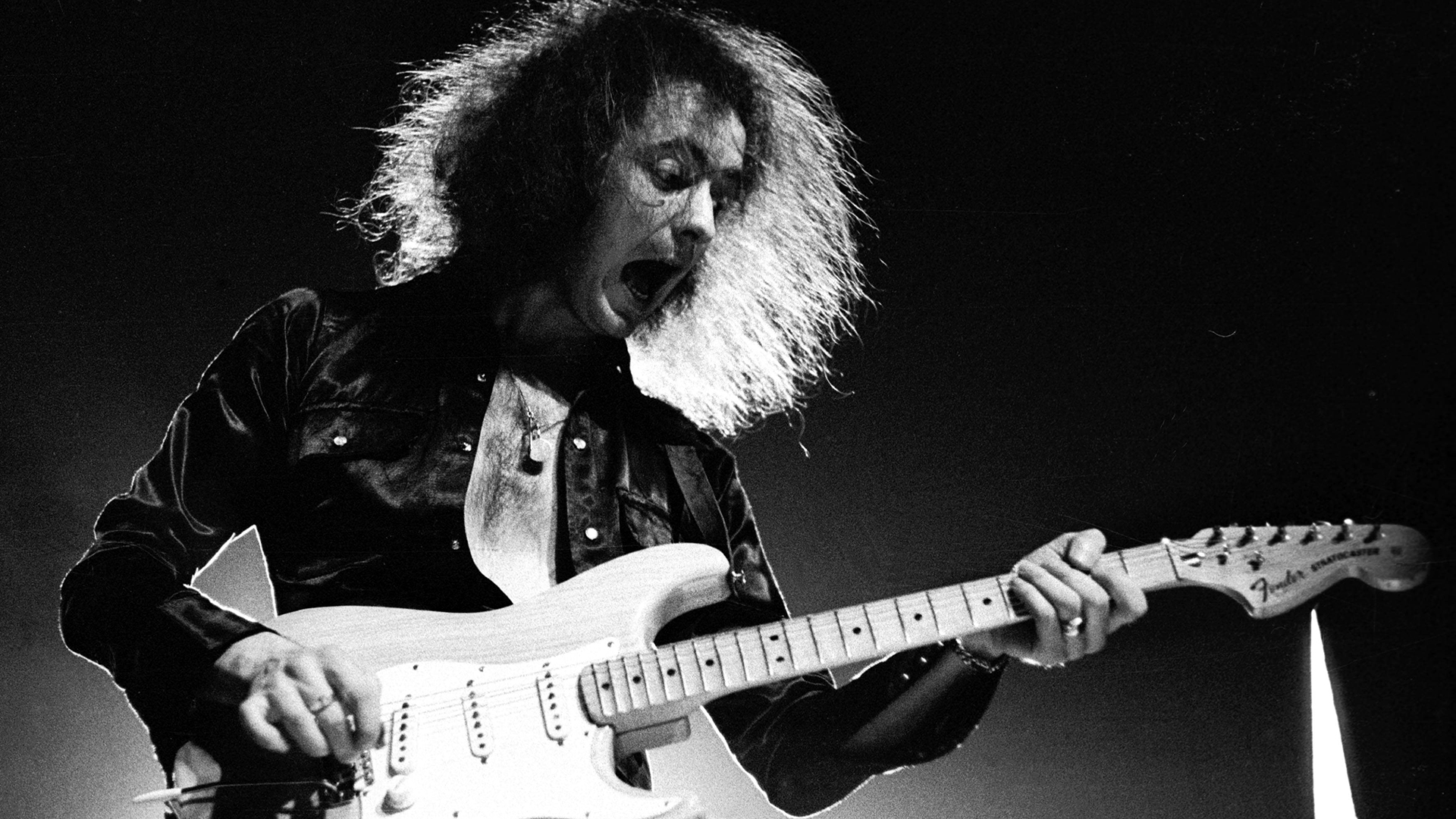A double-stop is when two notes are played simultaneously, regardless of the interval used. This technique was originally first documented in the 17th century and has been used by guitarists since the dawn of the instrument. Double-stops, also known as diads, or dyads, are often used in jazz to allow the guitarist to explore chord-based soloing, without having to tackle full chord voicings.
Rock and roll from the 1950s is another good example, and Chuck Berry’s guitar introductions to songs such as and are built around this technique, forging an exciting new guitar sound in the process. Buddy Holly’s and Hank Marvin’s playing on are other examples of double-stops in pop-rock, along with Van Morrison’s classic . The players all use 3rds to add an extra layer of depth and harmony.

This approach has been taken even further over the years; think of Johnny Marr’s iconic introduction to , which uses double-stops to superb effect. While the technique works well with a clean guitar sound, from rock and roll through to funk, as heard a little in Chic’s chorus riff for example, adding gain can create some raunchy guitar licks. Slash’s playing during the introduction of Guns N’ Roses’ is a great demonstration of this.
Slash manages to grab two notes on adjacent strings, while bending the notes and adding vibrato to produce some exciting and expressive guitar lines. The addition of a second note to some of these lines adds so much more power to the phrases. Angus Young .
















